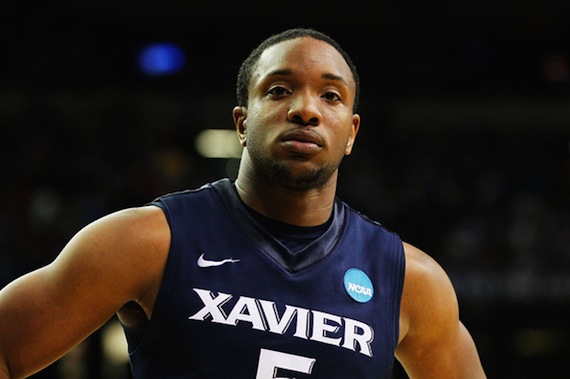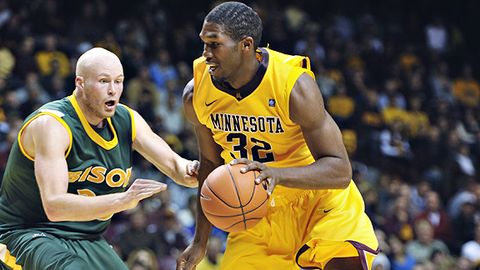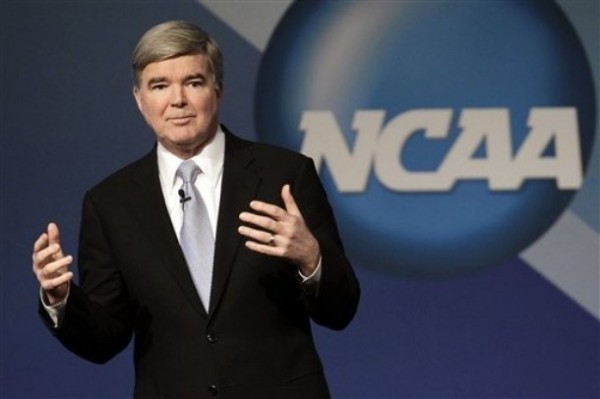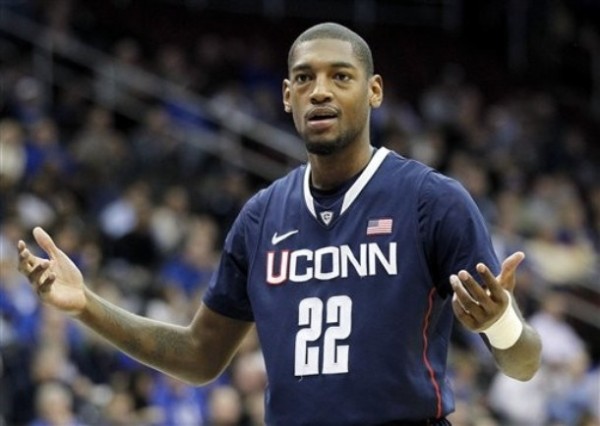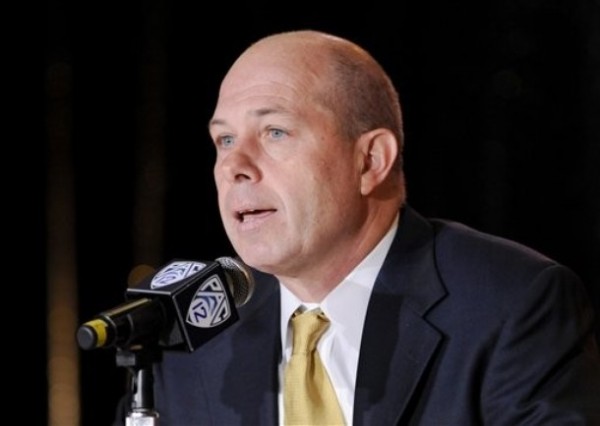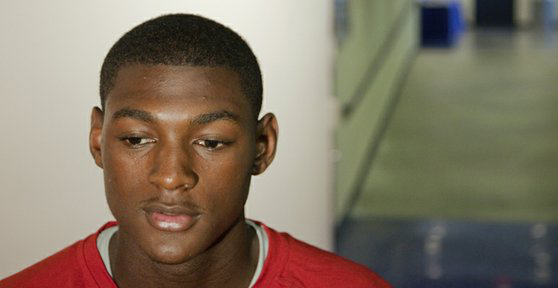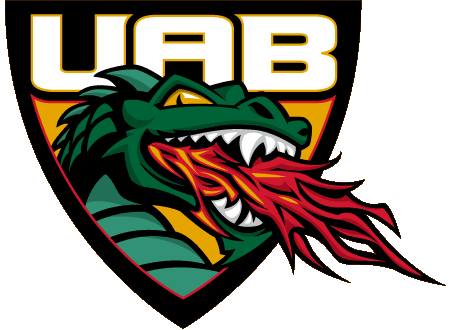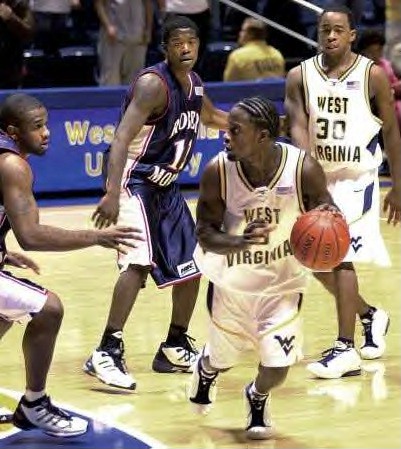On Geron Johnson and the NCAA’s Ethical Dilemma
Posted by Chris Johnson on August 31st, 2012Chris Johnson is an RTC columnist. He can be reached @ChrisDJohnsonn.
Over the next nine weeks, UCLA and Kentucky fans will hold their breaths as the NCAA continues its ongoing investigations of Shabazz Muhammad and Nerlens Noel, the two top players in the incoming Class of 2012. Both players face questions over potential impermissible benefits received during their recruitments. The NCAA has yet to hand down punishment and may never do so unless clear evidence of illicit activity is identified. But the longer both cases remain unresolved, the mere prospect of a lengthy suspension – even if no indication has been given of any type of punishment – is troubling not only for the players themselves, but for their coaches and the programs planning to embrace them this fall (if only for one season). Playing without Muhammad or Noel in any extended context would drastically alter the strategic composition of their respective teams, with either loss holding massive implications for potential league and national championship runs.

Pastner is confident Johnson will behave during his two-year stay at Memphis (Photo credit: Greg Bartram/US Presswire).
While the NCAA explores the recruitments of these two high-profile stars, diligently turning over every rock in an attempt to unearth legitimate evidence of illicit recruiting activity and expending considerable resources in doing so, Memphis on Thursday officially welcomed the newest member of its 2012 recruiting class. Geron Johnson, a highly-touted shooting guard from Dayton and the third member of the Tigers’ class, is eligible to play for the Tigers next season. Johnson is, in short, of questionable character. He has a long history of off-court transgressions, from marijuana charges to an attempted burglary in high school to allegations of stealing another student’s cell phone. Since graduating high school as a top-100 recruit in the Class of 2010, Johnson has been defined as much by criminal misconduct as his talent on the basketball court. After enrolling at two junior collages – Chipola College (FL) and Garden City College (KS), both of which revoked his membership after separate transgressions – Johnson resurfaced on the 2012 recruiting market as one of the greatest risk/reward prospects in recent memory. Does tremendous ability on the basketball court override significant character red flags? Is Johnson worth the trouble? Memphis coach Josh Pastner certainly thought so, to the point where he felt comfortable offering Johnson a scholarship, who promptly fulfilled the school’s academic requirements and gained clearance to play for the Tigers in the upcoming season. There are no potential academic or eligibility roadblocks standing in his way, and the NCAA has no grounds on which to block his immediate enrollment at Memphis. Johnson, bearing a resume most employers would instinctively reject, will play two years on scholarship, provided his future behavior doesn’t prompt a third consecutive expulsion.





























